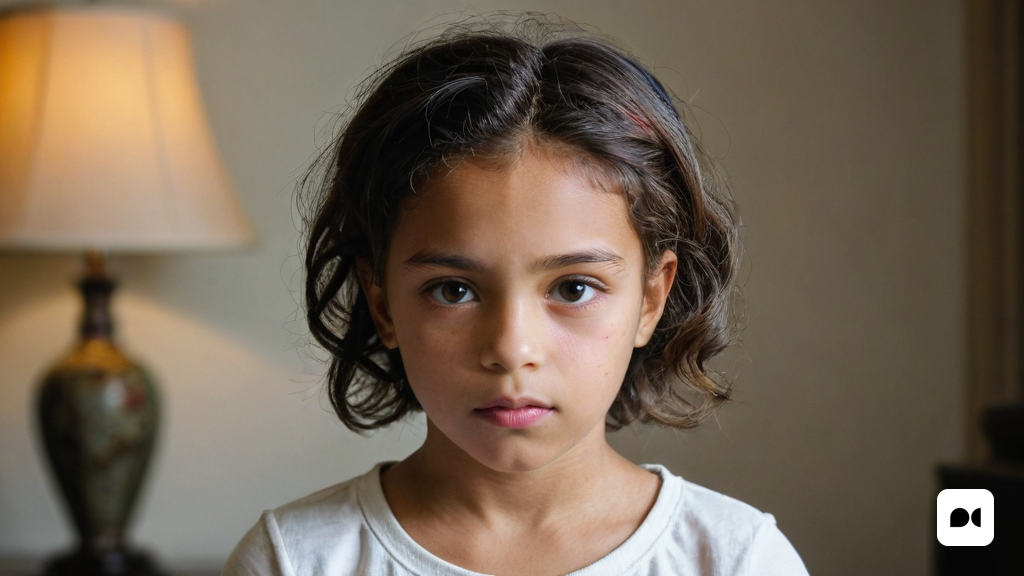Introduction
Child sexual abuse is a serious problem that affects many boys and girls around the world. We often think of strangers as the main perpetrators of this type of abuse, but the reality is that in most cases, the abuser is a person from the child’s family or acquaintance. According to a study carried out by Save the Children, in 96% of cases of child sexual abuse, the abusers do not have a criminal record related to sexual violence. This breaks the protective function of the family, since the person who should take care of the boy or girl is the same one who abuses them.
The stages of intrafamilial child sexual abuse
1. Seduction phase
The first stage of intrafamilial child sexual abuse is the seduction phase. During this stage, the abuser uses manipulation to make the child believe that the situation is fun and acceptable. She can offer rewards, encourage participation in games, or praise to create the feeling that the child is someone special. The abuser manipulates the victim’s dependency and trust, creating confusion and setting up the place and time of the abuse.
2. Sexual interaction phase
The second stage of intrafamilial child sexual abuse is the sexual interaction phase. During this stage, the abuser carries out different forms of abuse, ranging from non-sexual, such as baths or massages, to sexual, such as caressing, masturbation, oral sex, and anal/vaginal intercourse. The sexualization process is gradual, which makes it difficult for the boy or girl to distinguish between acceptable and abusive behaviors.
3. Secret phase
The third stage of intrafamilial child sexual abuse is the secret phase. During this stage, the abuser persuades the victim to keep the secret. He may use manipulation, deception, and threats to achieve this. Children are forced to adapt to the situation, while other family members may be unaware of the events or even be complicit. In some cases, the abuser confuses the victim and makes them lose their critical sense.
4. Discovery or revelation phase
The fourth stage of intrafamilial child sexual abuse is the discovery or disclosure phase. At this stage, the situation may be accidentally discovered by family or friends, or it may be voluntarily revealed by the victim. Some victims wait until adulthood to disclose the abuse, while others never disclose. It is common for the family to deny the significance of the abuse, minimize the credibility of the victim, and even threaten them into silence. This can lead the victim to a state of helplessness and loss of hope.
Conclusion
Intrafamilial child sexual abuse is a serious problem that breaks the protective function of the family. It is important to be vigilant and protect our boys and girls. Breaking the silence and seeking help is essential to preventing and addressing this type of abuse.

